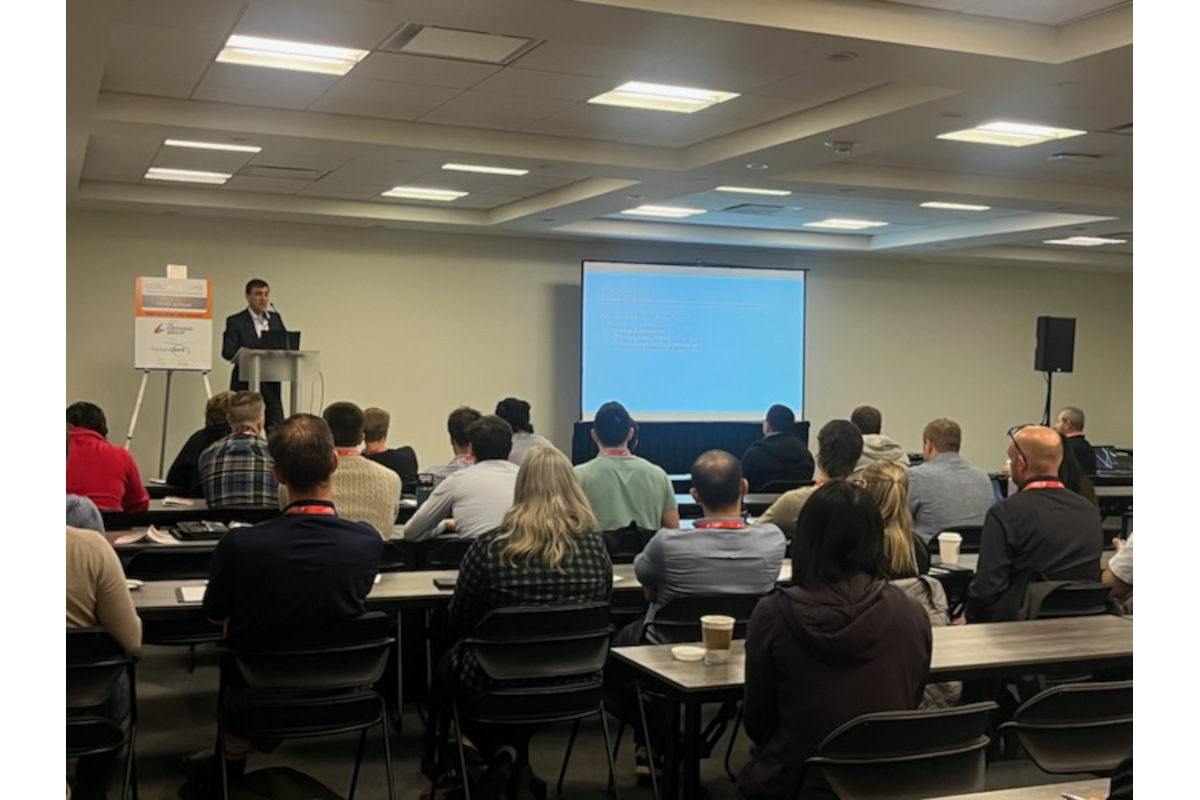Drill Master: Pump Efficiency
I am often asked if the viscosity of the drilling fluid affects the efficiency of a positive displacement, single-acting, reciprocating pump. There is no easy answer. When trying to calculate efficiency, a number of factors are to be considered.
Most drill pumps either triplex (three cylinder) or quintuplex (five cylinder) pumps in the horizontal directional drilling industry are single-acting pumps — meaning they have no means of priming or feeding themselves. When the piston is moving in the opposite direction of discharge, this is referred to as the suction stroke. This is misleading, but it is a way to differentiate between the discharge stroke and the filling of the pumping chamber or suction stroke.
A single-acting pump relies on atmospheric and head pressure to fill the pumping chamber with liquid before the rotation of the crankshaft starts the piston in forward motion to discharge a particular cylinder. At the beginning of the suction cycle, a pumping cylinder has been emptied and the suction and discharge valves are closed. The cylinder has been evacuated of liquid and that cylinder has gone from line pressure to almost zero pressure. Atmospheric and head pressure, being greater than the pressure within the pumping cylinder, forces the suction valve to lift or open. Liquid flows through the throat of the seat, fills the chamber and then the suction valve closes. At this point both the suction and discharge valve assemblies are closed, awaiting the forward movement of the piston.
Most pumps fitted on drill rigs in the HDD industry tend to be smaller in size and weight to facilitate easier movement of the equipment and to lower the overall cost of the rig. Consequently, they tend to operate at a higher rate of speed than a pump used in continuous service. Since the overall size of the pump is smaller, the liquid end and associated expendables will also be smaller.
Water has a funnel second viscosity of 26 at 70 F. This is the time it takes in seconds for a measured amount of water, 1,500 cc, to flow through a Marsh funnel. As the viscosity of the liquid increases, so does the amount of time required for a slurry mix to flow through the Marsh funnel.
The suction seat can be considered nothing more than an orifice or restriction in the flow of the liquid to a particular pumping cylinder. It takes a given amount of time for water to flow through the throat of the suction seat before the beginning of the discharge stroke. As the viscosity of the slurry mix increases, it takes more time for the slurry to flow through the throat of the suction seat at a given pump rpm. As the liquid is passing through the throat of the suction seat, entrained oxygen can and will break out of solution if the liquid column is moving faster than the net open area of the suction seat can accommodate. The pumping chamber will become partially filled with air bubbles. If the pumping chamber is not filled with fluid, this induces cavitation within the pumping cylinder and is detrimental to the entire pump and associated piping. Also, volumetric efficiency of the pump will be reduced. Therefore, the net open seat area is important to any pump at any speed. However, if you choose to physically fill a pumping cylinder with an extremely viscous liquid, the chamber will be evacuated at the end of the discharge stroke. Hence, the chamber was emptied and the pump was 100 percent efficient on that particular discharge stroke.
If the system is closed — meaning the inlet to the pump has positive pressure by the use of a centrifugal pump — the design of the suction system is still important. Most pump problems are related to the suction side of the pump. The piping should be short, large in inside diameter and straight. There needs to be as few restrictions or bends within the suction line as possible. The entire column of fluid traveling to the pump should have a velocity of no less than 1 ft per second and no greater than 3 ft. Even within a charged system, the liquid within the line has to accelerate and decelerate with each opening/closing of a suction valve. A charge pump cannot overcome a poorly designed suction system nor can it overcome excessive pump rpm.
The case can be made that as fluid viscosity increases, the efficiency of the pump decreases. That is only a true statement if the drilling slurry cannot pass through the suction seat and fill the pumping chamber before the rotation of the crankshaft starts a discharge stroke on any given pumping chamber.
Ron Lowe is a marketing representative with Myers-Aplex, a Pentair Pump company. All Drillmaster Reports are reviewed by the Drillmaster Advisory Board: Lowe; Frank Canon, Baroid Industrial Drilling Products; Richard Levings, Ditch Witch; Dan Miller, Digital Control Inc.; and Ed Savage, Vermeer Mfg. Co.




